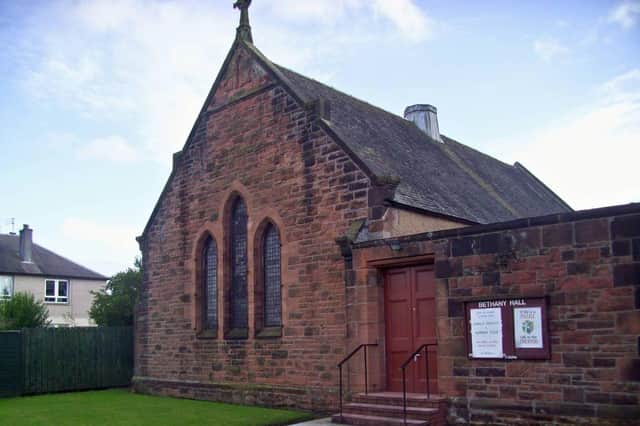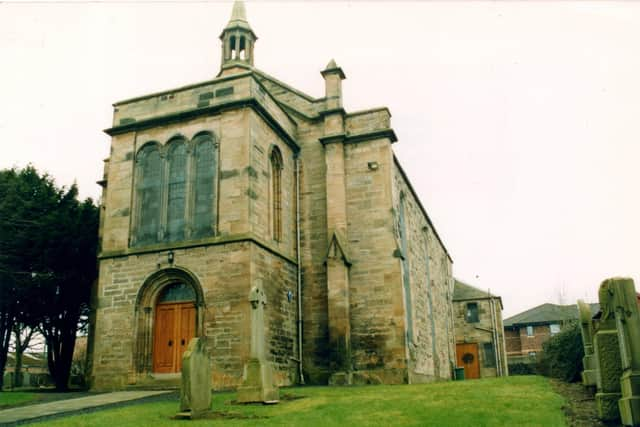Looking Back with Ian Scott: End of the road for Church of Scotland in Camelon


The earliest was the original Parish Church (later named St John’s) opposite the Mariner Centre. Back in the 1830s the increase in population as industry expanded led to demands from the people for a church of their own. The Church at national level was promoting what they called ‘church extension’ and Camelon was a prime candidate.
By 1838 permission was granted to create a Chapel of Ease under the umbrella of the Parish Church in Falkirk. The church had accommodation for 600 worshipers and opened in 1840. It was designed by Scottish architect David Rhind and cost the princely sum of £1,100.
Advertisement
Hide AdAdvertisement
Hide AdBut within just three years of its opening the new congregation was rocked by the Great Disruption that created the Free Church of Scotland. In the aftermath Camelon’s new minister left his post and his depleted congregation had to wait for several years for a replacement. But in time the recovery came and the church became a major force in the social as well as the religious life of the growing village. In 1852 it was disjoined from Falkirk and Camelon Parish made its official appearance.


It was several decades before the large group of Camelon ‘Free Kirkers’ had a village home of their own. Inspired by the Falkirk Free Church’s influential minister, Rev. Lewis Hay Irving, a hall for worship was acquired in 1863 and 26 years later a new church was built on a site in Dorrator Road. When opened it was given the name Irving Memorial in his honour and by 1900 it was part of the national United Free Church which proved very successful among the growing band of workers arriving in the new Camelon foundries of which there were many.
In 1903 a group of residents successfully applied to the UF Presbytery for permission to form a new congregation and a year or so later the new Trinity Church opened in Baird Street.
In 1929 the three congregations were reunited as the Church of Scotland in Camelon and this remained the case until after World War Two when the decline in congregations everywhere began. Attempts at union failed and in 1973 the Trinity congregation was dissolved. However, Christian worship survived as the building became the Bethany Hall of the Camelon Christian Brethern in the same year. The two remaining buildings continued to serve and there were plans to reconstruct St John’s to make it more suitable for modern worship. The doors closed in 2005 but sadly the church did not reopen as planned. The congregation merged with Irving and moved to Dorrator Road adopting the original name of Camelon Parish Church.
Now the story is nearly over. The people who support the national church will once again look to Falkirk as their forefathers did way back before 1840.
Comment Guidelines
National World encourages reader discussion on our stories. User feedback, insights and back-and-forth exchanges add a rich layer of context to reporting. Please review our Community Guidelines before commenting.